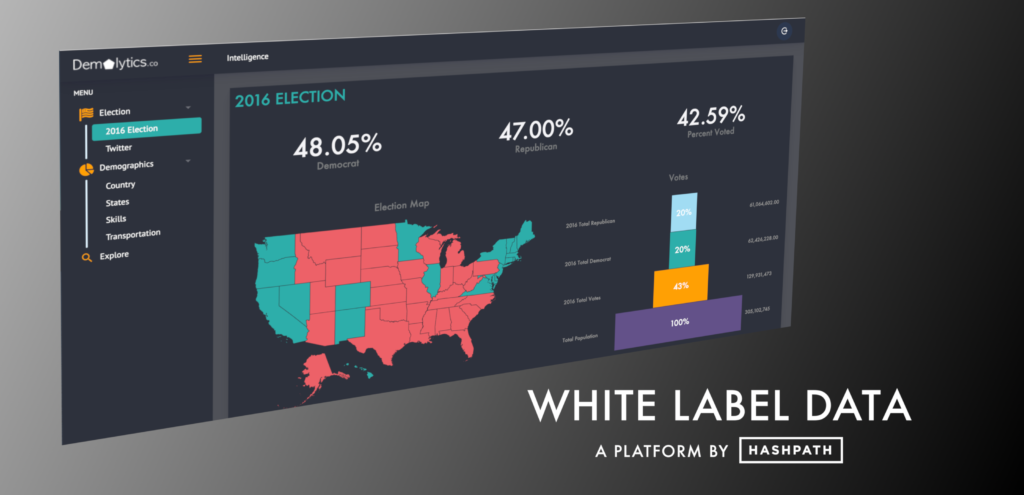For as long as there has been data, there have been requirements for sharing it: with partners, with clients, with shareholders and analysts, and with many other types of consumers. As data analytics and business intelligence add even more insights to data, the requirements for sharing and moving data around has only grown. Let’s consider a few examples:
- A channel partner who needs data to drive sales.
- A marketing agency who wants to provide centralized reporting to their customers and upsell with access to different levels of reporting.
- A company with a huge data asset looking to productize and monetize the data to a new customer base.
We’ve been trained to think of sharing digital information as transactional. You share a picture on your phone with a friend and now they have it. End of transaction. You take another picture and now you have to share again. You update your Facebook status or share an Instagram story. Each one is its own transaction. Companies have been sharing their data in much the same way. They export a database query to a CSV file and send it off by email. Or they create a scheduled report that shares some data at the end of the week, month, or quarter.
Often, shared data reflects the point of view of the person who has done the sharing, based on the choices they made in summarizing or visualizing the data. But there are many other insights that can be gained if the user could explore and slice and dice it further.
Each one of those “shares” is a transaction. And the problem with these approaches is that the data is often stale as soon as you send it. It’s just a point in time. Also, the data is not very accessible in a snapshot format because you can’t interact with it. It’s usually just a text file or an attachment. Often, shared data reflects the point of view of the person who has done the sharing, based on the choices they made in summarizing or visualizing the data. But there are many other insights that can be gained if the user could explore and slice and dice it further.
We see a few key aspects for external sharing data that are becoming critical:
1) Live Data Externally – There is a real need from customers to share live data with partners and clients instead of snapshots. While internal analytics platforms provide live dashboards internally, customers are still resorting to sending spreadsheets, PDFs, and CSVs for sharing externally. That’s one of the reasons why we love Snowflake’s Secure Data Sharing feature. They make it easy to share your database tables and views with consumers securely. Snowflake’s data sharing does not help you share your data insights or dashboards, but at least they’ve found a way to securely share live data.
2) Branding – As sharing data becomes more and more profitable for companies, they want to be sure that the data is associated with their brand. Along with this is the need for data applications that are branded with the company’s own logo, colors, and fonts and not part of some other data application.
3) No Coding Necessary to Share – The set of companies with the ability to develop a branded SaaS application to share their live dashboards externally is a tiny subset of all companies that have data. In other words, most companies have data but very few could pull off a custom app because they don’t employ or contract software developers (think real estate agencies, local businesses, and non-tech sector businesses).
Our vision for external data sharing is one where you can very quickly spin up a custom, branded app for sharing your data. You should be able to not only share the data itself (like Snowflake enables), but also share live visualizations and insights. It should be secure and have a captive user experience that allows you to control how your data is viewed and comprehended. And, most importantly, anybody should be able to share live data and visualizations. (These are some of the reasons why Hashpath has developed White Label Data. If you haven’t heard about it, you can learn more here.

Everyone knows that the volume of data that companies are generating and storing is increasing exponentially. For companies to remain competitive by efficiently leveraging partners as well as finding ways to profit off their growing mounds of data, they are going to need to develop clear data sharing strategies. For this reason, we believe that data sharing is becoming a major sub-segment of the overall data analytics space.
If you want to learn more about our approach or need help sharing data securely with partners and clients, send us an email at hello@hashpath.com.


